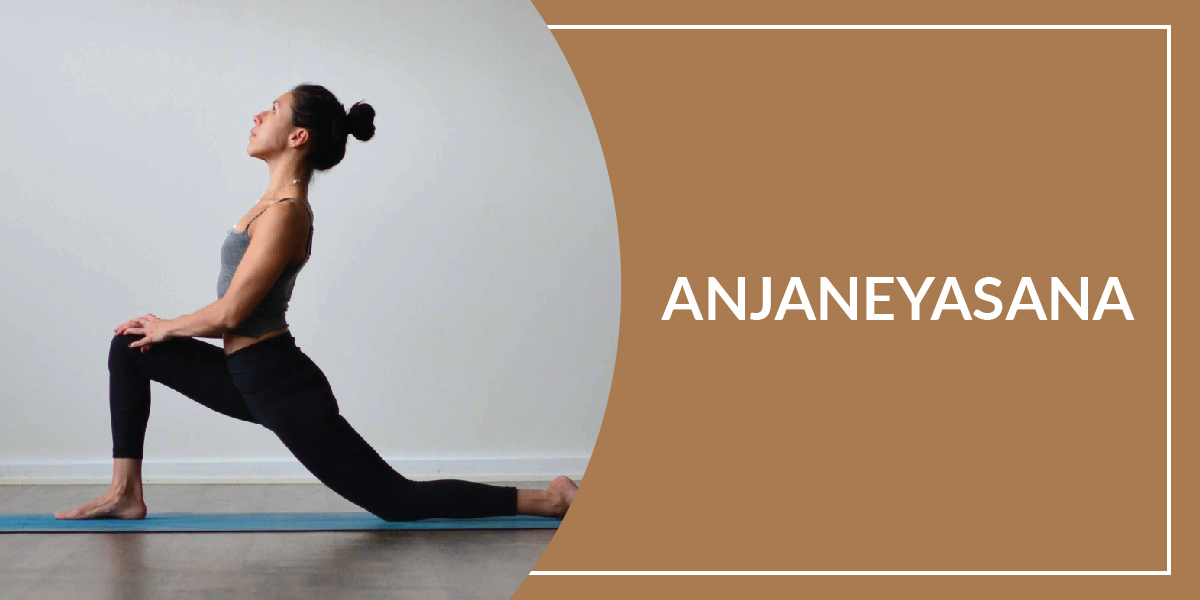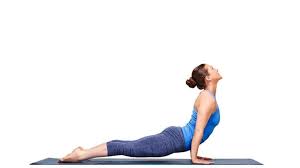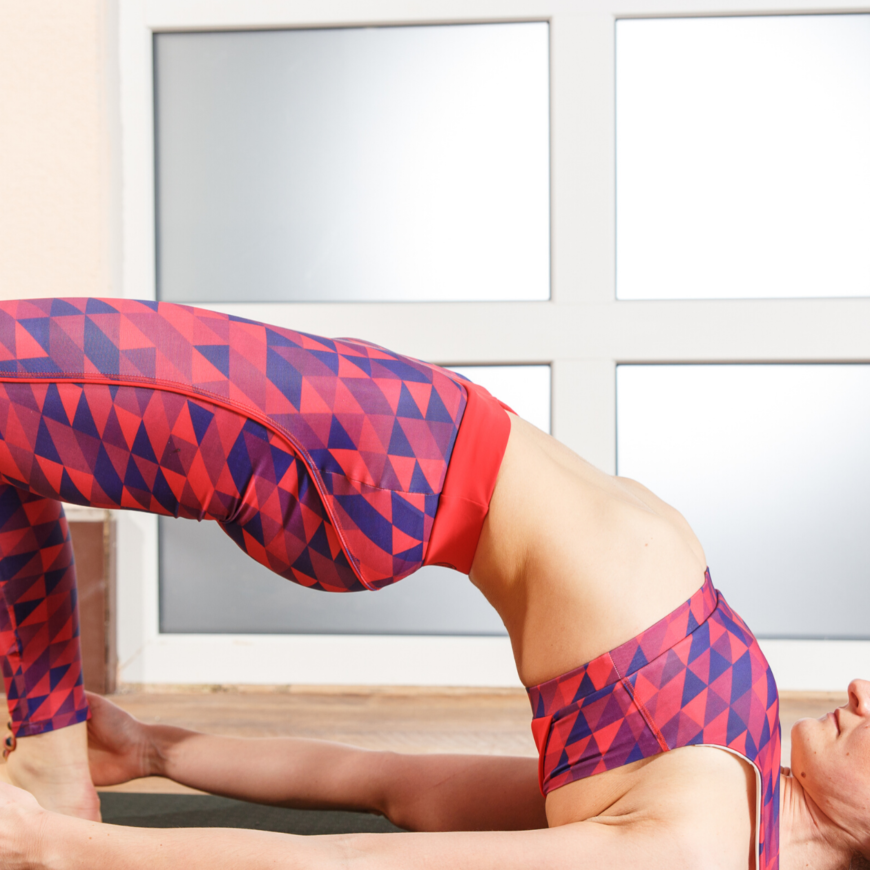Introduction
The Anjaneyasana derives its name from the Sanskrit word Anjaneya meaning hanuman and asana meaning pose. Anjaneya is another name for Lord Hanuman. Lord Hanuman who is considered to be the god of strength, courage and power. It is also known as the low lunge pose. The pose resembles that of a child lying down on the kneels with an arched back and hands reaching towards the sky. Anjaneyasana provides an excellent stretch to the muscles and Quadriceps of the back leg. It improves balance and allows flexibility to the body.
The asana is also known as the half-moon pose. It is advisable to practice the asana on an empty stomach, and if not possible, there should be a gap of five to six hours between the meals and the asana. Practising the asana early in the morning is a better idea but can also be practised in the evening if you don’t have time in the morning. The asana is beneficial for those who are into athletics, cycling and running. It is also great for people having sitting and desk jobs.
How To Perform Anjaneyasana?
However easy the asana might seem to be, but it is quite challenging to form the posture and stay in for long. The asana requires good practice and effort. The steps should be followed in a sequential manner and with excellent efficiency to generate maximum results. Let’s look at the steps involved in doing Anjaneyasana.
- Start the asana by sitting in the Adho Mukha Svanasana. We have discussed in the earlier posts.
- Now, exhale and put your right foot in front beside your right hand with your right knee and ankle in a straight line.
- Then lower your left knee placing it on the floor.
- As you inhale, move your torso and raise your arms above your head while your palms are facing each other.
- Exhale and settle your hips down and forward while you feel a stretch in the front area of your leg.
- Then extend your lower back and pull your tailbone towards the ground. Stretch your arms so that your heart is pushed and opened completely.
- Remain in the pose for a few seconds.
- Now slowly release the pose and come back to the Adho Mukha Svanasana.
- Repeat with the other leg.
- Relax
- Modification of the asana- for beginners, it might be challenging to balance initially. The support of the wall can be taken in that case.
- Precautions- people suffering from a severe knee injury and high blood pressure should avoid practising the asana.
Benefits Of Anjaneyasana
The Anjaneyasana has immense health benefits and should be incorporated into the yoga regime. Although the pose might be a little challenging to get into with practice, you can master the asana. With so many advantages it has, it is worth giving a try. Let’s discuss some benefits of the Anjaneyasana.
- The asana helps in improving the balance of the body.
- It gives an excellent stretch to the muscles of the hips and abdomen.
- The asana opens up the chest, shoulders and lungs.
- It also helps in improving concentration and attain better focus.
- It aids in improving the digestive system.
- The asana also helps in improving the reproductive system.
- The asana boosts energy and tones the body.
- It helps in improving the circulation of blood.
- It strengthens the quadriceps and muscles of the gluten.
- The asana is also beneficial for those who find it difficult to cope with cold weather as it provides heat to the body.
See Also: Natarajasana (Lord Of The Dance Pose)





Add Comment